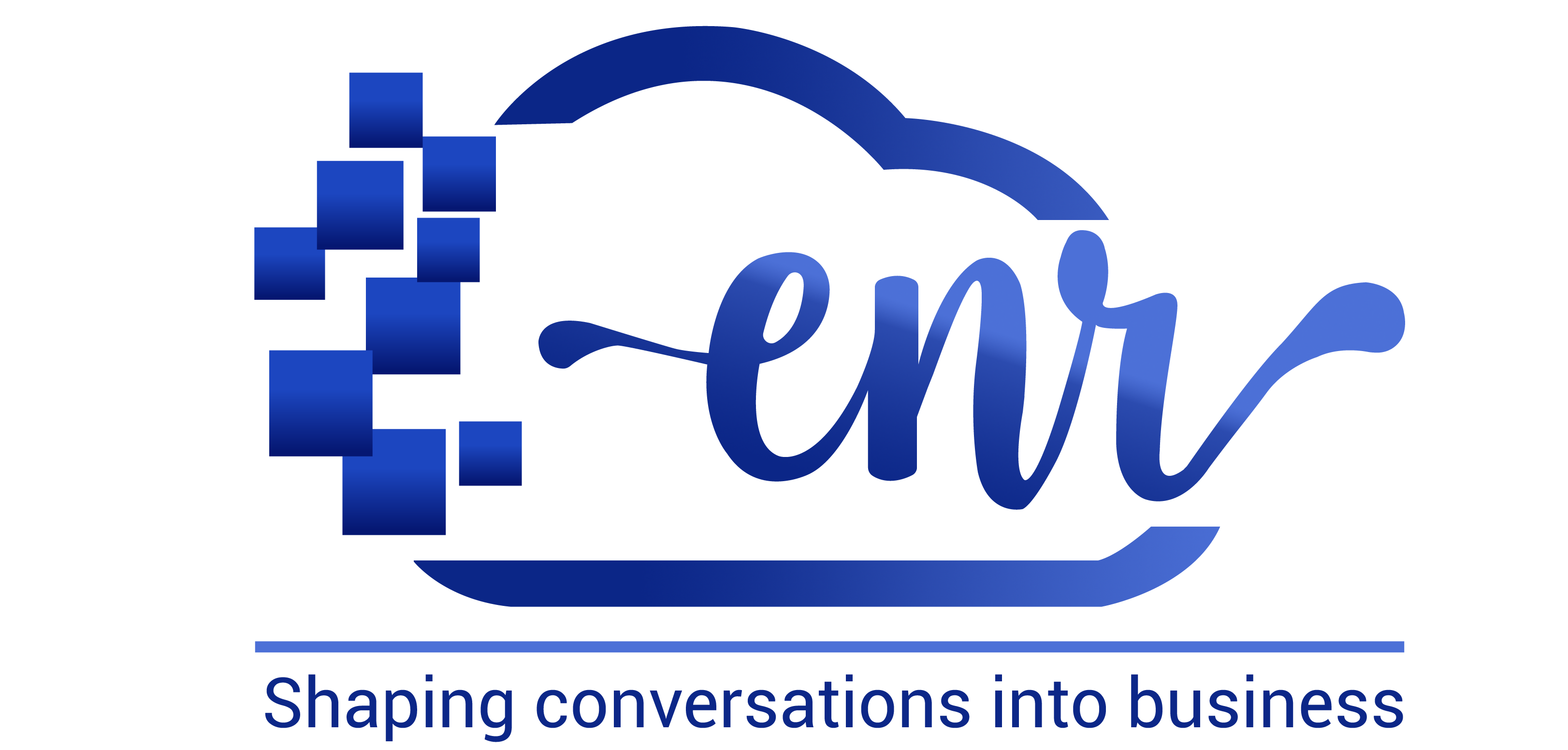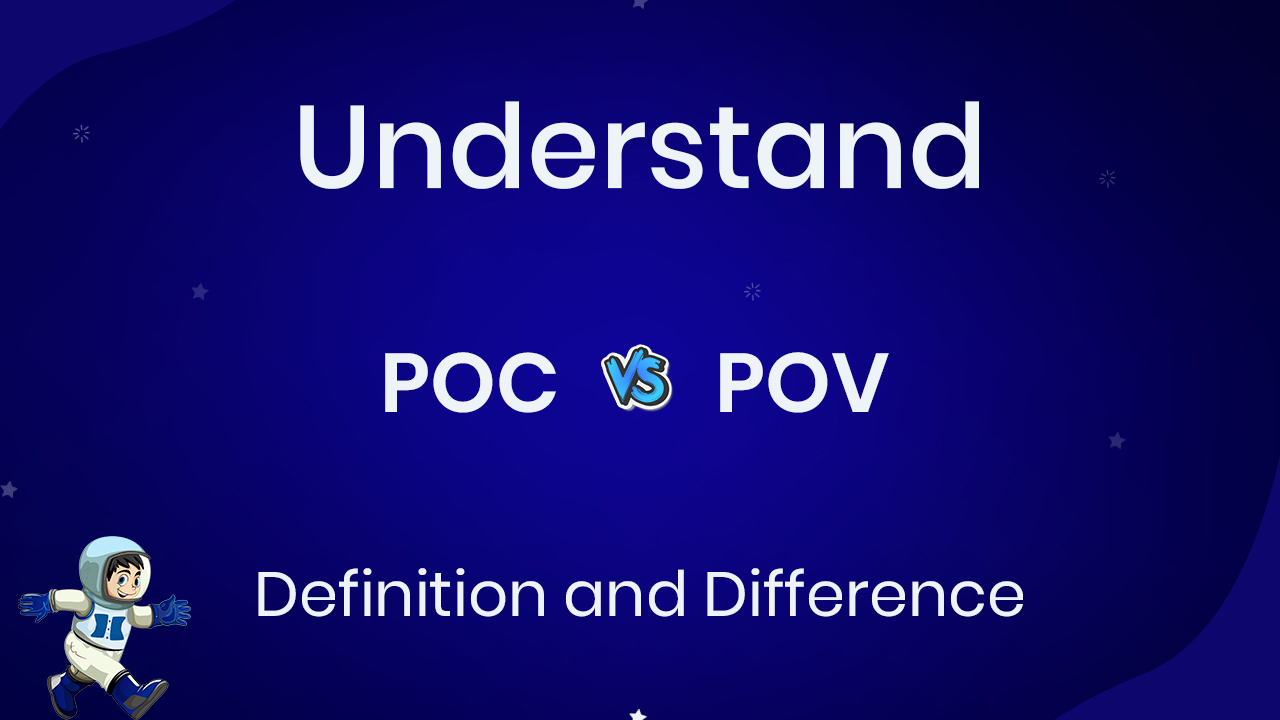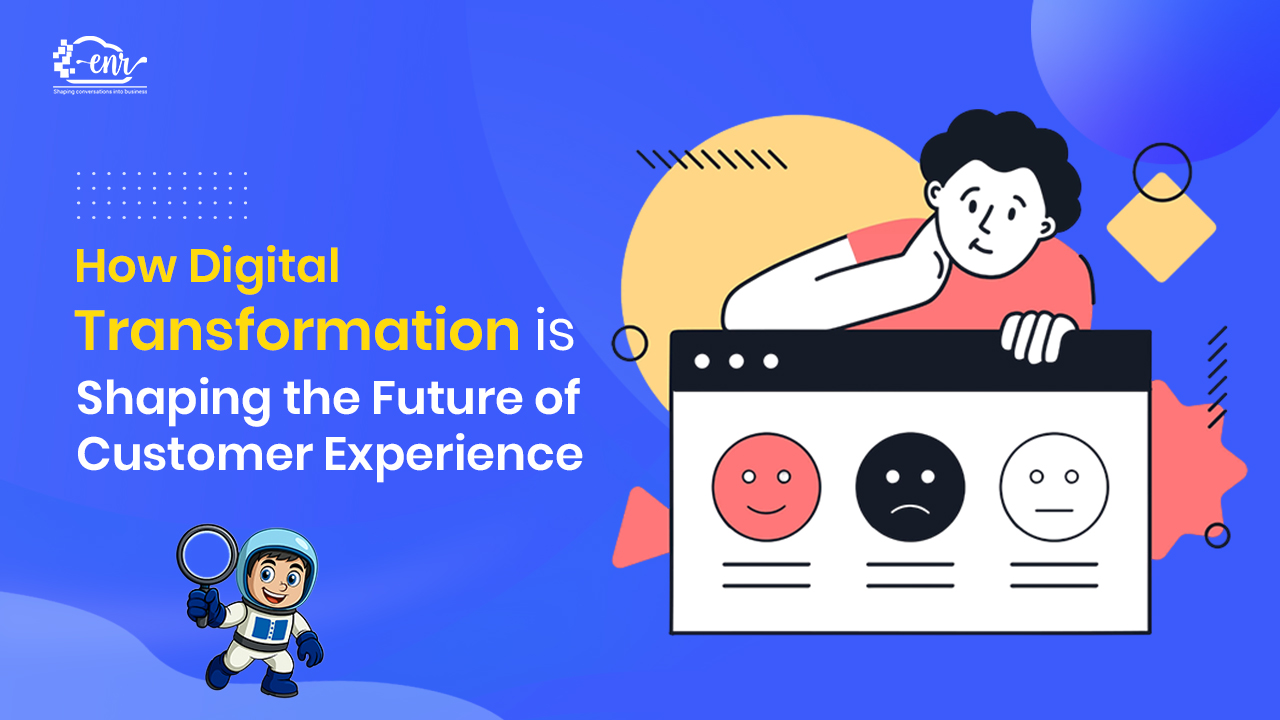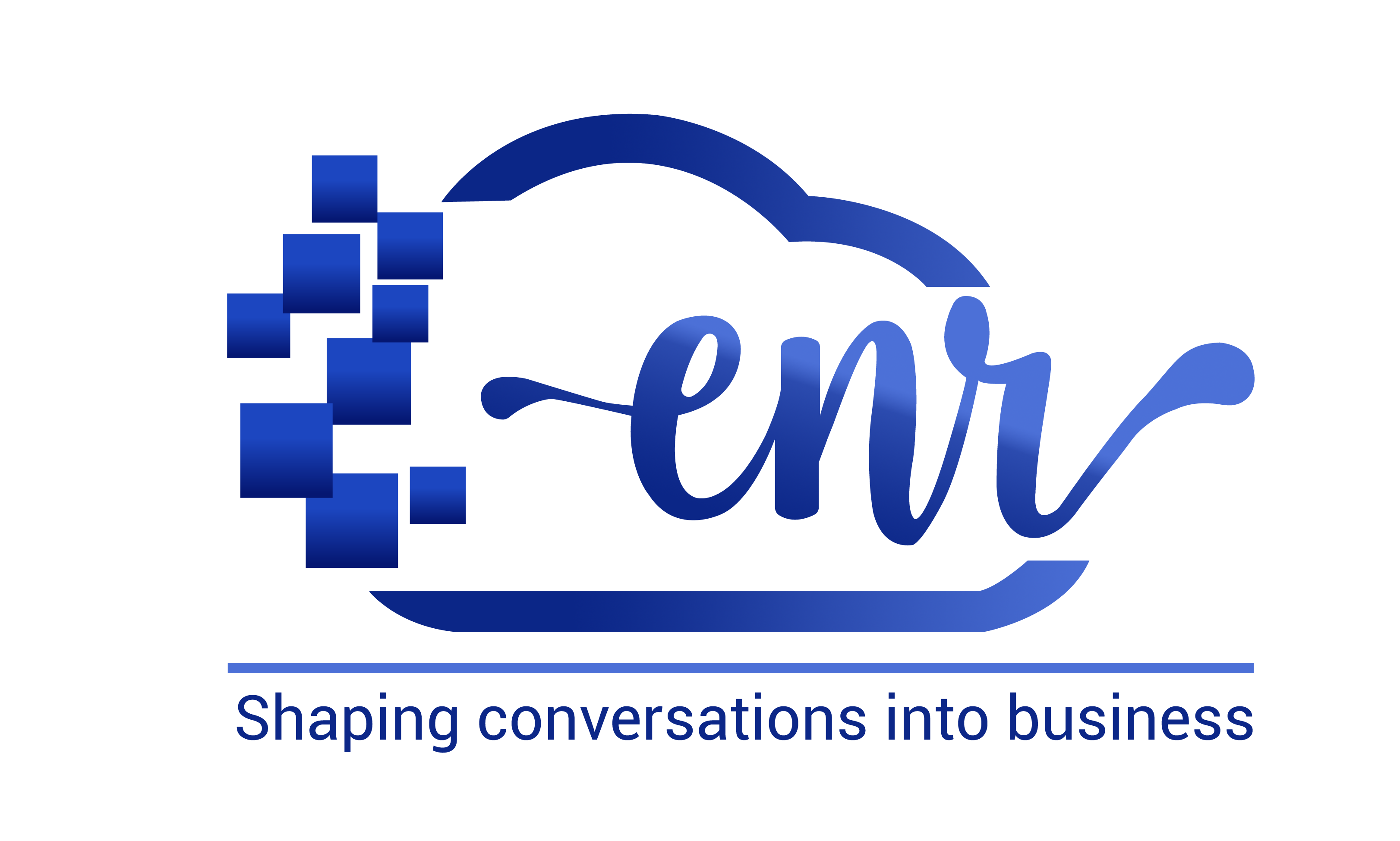Imagine poc vs pov that your team just gave you a very fresh, new, and innovative idea, and your feel that it will do you brand or business a whole lot of good. The stakes are high, and once it is in pipeline, there might not be an option to go back. Hence, it is natural to wish to ensure that all research is done and verified, which is necessary for success. To help you determine the feasibility of the idea and its future potential value, the industry uses two powerful tools: Proof of Concept (PoC) and Proof of Value (PoV).
Both PoC and PoV are the backbones of any innovation strategy (vision and validation). Armed with the insights of PoC and PoV, you will be able to make informed and beneficial decisions about the future path that your business will take. LetŌĆÖs embark on the exploration of PoC and PoV and their differences.
Table of Contents
ToggleWhat is Proof of Concept (PoC)?
Proof of Concept is the tool that you use to establish the viability of an idea, concept, or solution. It is done under real-life conditions and tests the technical feasibility of the product. The PoC test is done by making a prototype of the suggested design of the physical product. The idea is to determine whether the product should be bought in production or not.
The PoC checks on various parameters and answers questions like
- Does the product or the solution work as expected?
- Does it meet the business needs?
- Can you really develop it?
The documentation is done in a formal manner. This is the step when the customization begins and the product is refined to suit the customerŌĆÖs needs. PoC also helps the company confirm the functionality of the product and the technical feasibility of large-scale production and introduction to the public. PoC actually does not provide any business value but gives a background for it.
Advantages of PoC
- Reduces the technical risk: Since the aim of PoC is to check whether the product mitigates customer pain points or not, it greatly reduces the technical risk of the product or service. This also includes checking for the seamless integration of the production with the other tools and platforms that are already in existence for the business. For example, a fast-food company might put the compatibility with CRM software as a priority.
- Gives a chance to rectify problems early on: PoC can document and identify the problems early in the stage and uncover hurdles for the sales process. Both, the sales and development teams can proactively address the issues, saving time, money, and resources in the future.
- Increased customer retention: PoC builds trust and confidence in the customers. The company can demonstrate the productŌĆÖs reliability and security to the consumer by conducting a POC Vs POV.
Visit to Get out MarTech Consultancy and Growth Services
What is Proof of Value (PoV)?
PoV is the tool to demonstrate the business value, and benefits, or the viability of the product. POC Vs POV is a step that comes after PoC, and it focusses on how the product or the solution can bring benefits to the company or its end-users. In short, it measures the ever-important potential Return on Investment of the product. Proof of Value indicates
- If the product is worthy of investment in terms of money and time.
- Value as compared to the use
PoV is also tested in real life scenarios to test the efficiency and other advantages of the solution. The other benefits of PoV include
- Helps the product align with the business goals: The POC Vs POV test can be tailored to connect the product to the specific customer needs and goals for the best personalized experience, generating more customer loyalty.
- Can be used for justifying investment decisions to investors or stakeholders: The PoV is a clear indication of the deliverable ROI of the product or solution. Using PoV data, you can show the investors the detailed cost savings and profit increases that the new product can deliver.
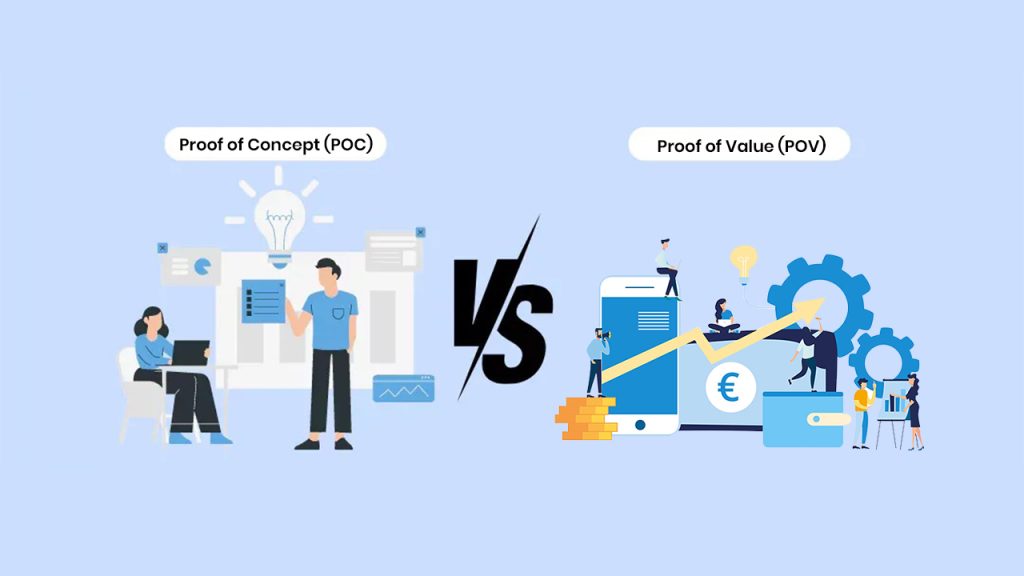
Differences between PoC and PoV
It is common to wonder which tool to use or should you use both. PoC indicates the feasibility of the solution, and PoV includes the business value of the idea. In simple words, PoC answers: can we build it? and PoV answers: should we build it? Many ideas fail because they pass the feasibility test but do not pass the business benefit parameters.
| Parameter | PoC | PoV |
| When to employ | At the planning stage | Close to the production |
| Outcome | Gives the solution to the problem, i.e. if the product is suitable for the customerŌĆÖs point of view | Gives an over view of ROI and delivers value for the stakeholders |
| Scope | Focuses on the specific feature required | Focuses on the overall value of the solution and is much more broader |
| Indicators | The success of PoC is measured by whether it can validate the practicality of the solution. | The success of PoV is measured by business analytics such as savings, efficiencies, customer satisfaction, and revenue benefits. |
| Use of resources | PoC uses fewer resources as compared | PoV is more resource oriented |
| Method | 1. Understanding the product 2. Planning the test 3. Execution and monitoring 4. Analysis and reporting | 1. Quantifying the results 2. Listing the benefits (ROI, profits, cost savings etc.) 3. Presenting to the stakeholders in a compelling way |
| Presentation | Forms, reports, and presentations | Customer case studies, ROI analysis, Industry reports, white papers etc. |
Innovation can be risky and uncertain, and PoC and PoV give you the safety net to step forward.┬Ā Understanding the use and difference of POC Vs POV can help the business make informed decisions and be more resource efficient. When both are used at the right time, they build a sturdy foundation for any project which is directly related to success. Both are interrelated and complementary to each other. The two-step process is proving the concept first and then pronouncing its value.
Read Also: How to Find Best Email Marketing Company and Consultant in 2024
Amit Bhateja is the co-founder of enrcloud and helping brands and Unicorns from the last 15+ years and overachieve their Engagement and Retention goals. He is passionate about solving customer problems with modern technology, new age solutions, and consultancy approach. Besides Building ENR, He enjoys reading books, spending time with his family and Teammates, traveling, meeting new people, learning new things, and love to close the business deals.
